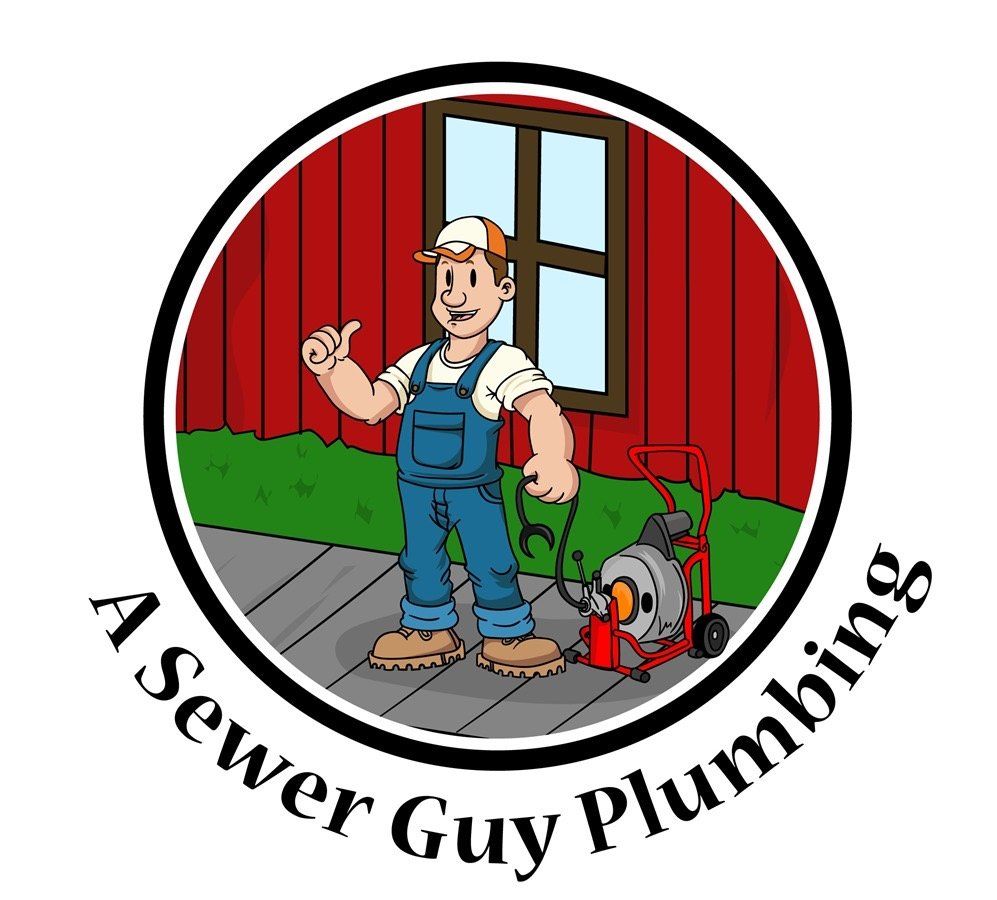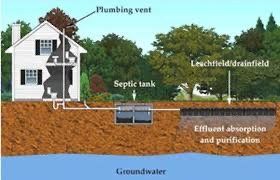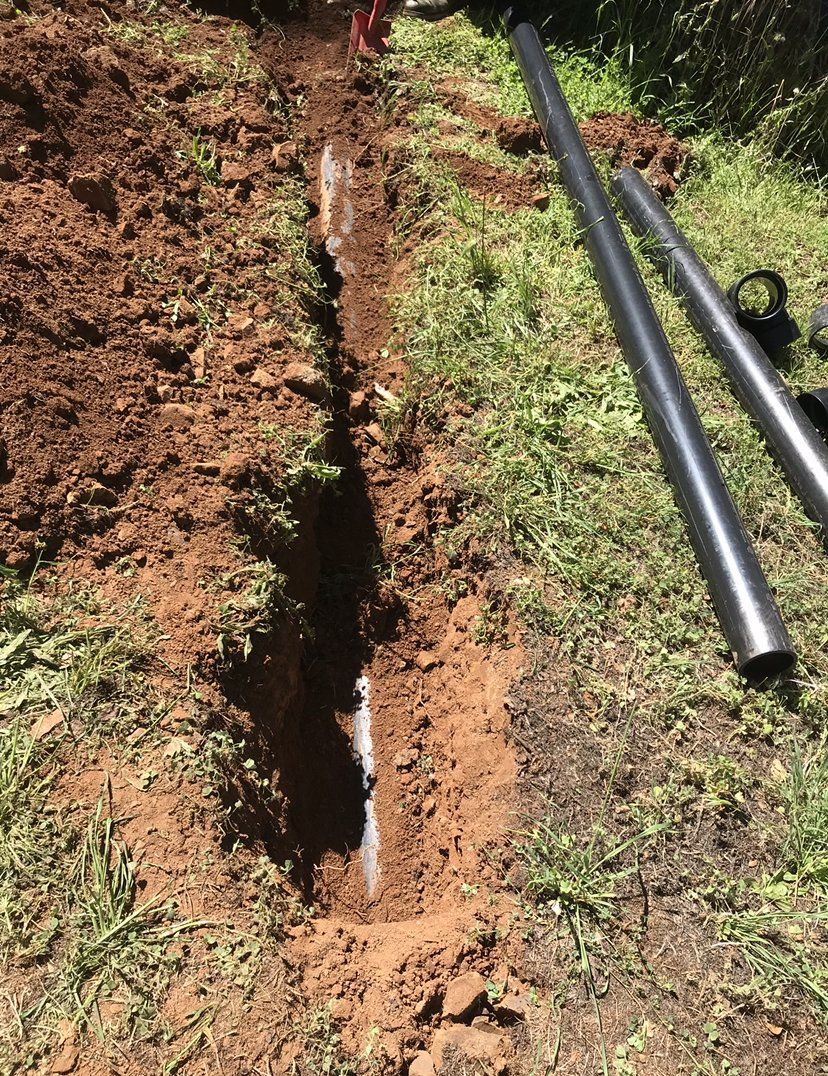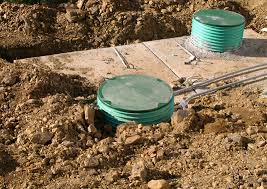Save Time
Save Money
Faster Service
Friendlier Service
Inside the tank, the majority of the waste decomposes into sewage water, while heavier solids settle to the bottom and accumulate as sludge. Other lighter particles – including grease and oil – rise to the surface and form a scum. The decomposed sewage water then flows from the tank, through a distribution box and into a drainage field – a series of perforated pipes laid below ground in a bed of gravel. The liquid leaches out through the gravel and is further purified as it percolates through the soil. Having your septic tank pump every 5-10 years helps keep a healthy flowing system. The more complete the decomposition of household waste, the more efficiently and trouble free a septic system functions.
However, when a septic system is overloaded or not properly maintained, the bacterial decomposition can slow or stop, causing untreated liquid and solid wastes to overflow into the soil. Excessive use of bleaches, disinfectants and caustic or acid drain cleaners also deters the bacterial action of the system, and greases and solids can build up until they choke the system and block the flow of the liquid into the soil. When this happens, the drainage field may have to be dug up and replaced – a costly undertaking.
Give Visitors Reasons to Join Check out Our Affiliate Sponsors
Learn More
















